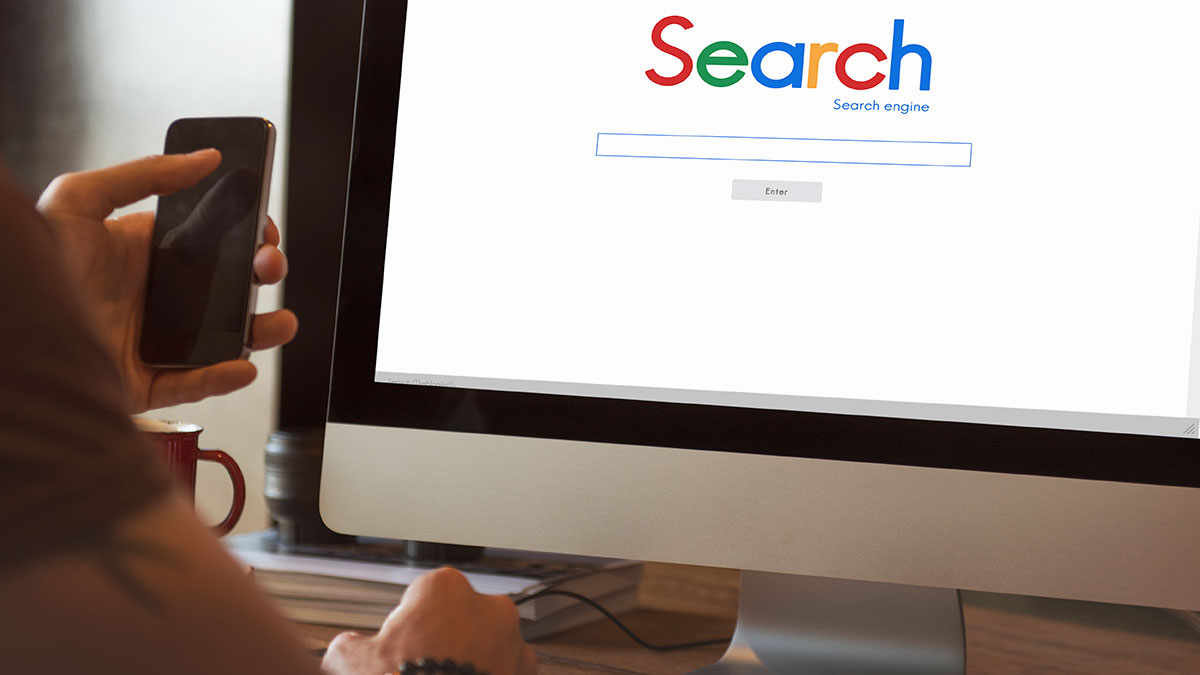Why Measure Your Website When You Don’t Sell Online?
What if every week you place a stationery order for you business? Pens, paper, staples and so on. And what if every week when that stationery order arrived you were only delivered 10% of what you’d paid for?
Wouldn’t you want to track down what was going on?
Well, the same principle applies to your website, even if you’re not directly selling online.
After all, what if the overall cost of your website is more than its worth to your business? Unless you’re measuring what is going on, it could be that week after week, you’re only being delivered 10% of the business that you’re paying for.
But I’m not online to make money, it’s just for general brand awareness
Surely if you just have a brochure site or an information site, you don’t need to worry about measuring? The site is just about letting people know you are there, right? Wrong
For what is the ultimate point of generating that awareness? There is still an action attached to it somewhere – be it a phone call, an invitation to quote, a sale a year down the line. It’s the reason your business exists.
Whatever it is that you want people to do once they have awareness of your business. That’s what you need to measure.
Measuring lets you decide if the benefits you receive from your website justify the price you are paying. Because every website has a cost, even if it is just in terms of time.
Measuring sounds difficult
Measuring is about ensuring that you are achieving success outcomes that are worth more than you’re paying for them. It will show you if the money you are spending on your website and marketing is making you richer or poorer as a result.
Measuring doesn’t have to be difficult and there are plenty of tools out there. Web analytic software, Excel spreadsheets, even just an old fashioned calculator will help. But tools alone can’t tell you the answers. Measuring does require some thinking on your part.
Your brain is the most important measurement tool there is
To get started, think about how much a successful outcome is worth to you. And it doesn’t just have to be sales. Newsletter sign-ups have a value, so do phone inquiries or speaking engagements. The important thing is to give the success outcome a cash value, even if it doesn’t have a specific price attached to it.
For example, you may decide a newsletter sign up is worth $50. From then on, its pretty clear that you don’t want to be spending more than $49.99 to achieve that sign up.
Also keep a note of how people heard about you.
Online this can sometimes be tracked automatically. But offline the chances are you’ll need to ask. You may discover, for example, that 25% of your phone enquirers saw your website prior to calling. Once you can measure that and assign a rough monetary value to those calls, you’ll soon be able to judge if the website is a cash cow or a money pit.
Website measurement is not just for businesses that sell directly online
By measuring, you can ensure your website is earning its keep. And that applies to any organization spending money, time and energy on their website.
If the evidence shows that the website isn’t shaping up, you have the choice of fixing it or dumping it. Either option beats continuing in the dark week after week.
No more putting up with only 10% of the business that you’re paying for. Just like you’d track down those mysteriously elusive pens, pencils and staples, website measurement means you can track down that missing website business too.


